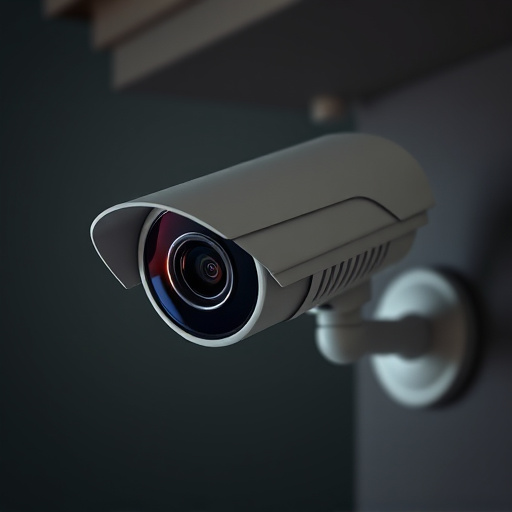The best placement for fake security cameras is at highly visible locations like windows, front doors, and entry gates, where their strategic arrangement enhances overall security by deterring intruders. Key considerations include unobstructed views, mounting height around eye level, good illumination, and avoiding blind spots. These decoy cameras should be placed in unsuspecting areas like ceilings or walls near real cameras for maximum realism. Regular cleaning, weatherproofing, and inspections are crucial to maintain their effectiveness.
“Enhance your property’s security without breaking the bank with fake security camera housing. This comprehensive guide explores the art of deception, helping you navigate the world of visual deterrents. We delve into understanding why these cameras are a game-changer for home and business owners, especially when it comes to best placement. From design strategies to maintenance tips, learn how to create an effective network of fake cameras, ensuring longevity and peace of mind.”
- Understanding Fake Security Cameras and Their Purpose
- Key Factors to Consider for Best Placement
- Designing an Effective Visual Deception Strategy
- Maintenance and Longevity of Your Fake Camera Housing
Understanding Fake Security Cameras and Their Purpose
Fake security cameras, also known as decoy or dummy cameras, serve a unique purpose in home and business security. Unlike their functional counterparts, these devices are intentionally devoid of electronics and recording capabilities. Their primary role is to deter potential intruders by creating the illusion of advanced surveillance. Understanding this distinction is crucial when determining the best placement for fake security cameras.
Optimal positioning often involves placing them at prominent locations where they can be easily seen. Windows, front doors, and entry gates are common choices as their visibility can act as a powerful deterrent. Strategically arranging these decoy cameras around the perimeter of a property can send a clear message to would-be intruders, effectively enhancing overall security without relying on advanced technology.
Key Factors to Consider for Best Placement
When considering the best placement for fake security cameras, there are several key factors to keep in mind. Location is paramount; opt for areas that offer unobstructed views and are strategically placed to deter potential intruders. This could include high-traffic zones or locations with natural obstacles like trees or buildings that can provide a vantage point without direct line-of-sight visibility. Additionally, mounting height is crucial; placing the cameras at eye level or slightly elevated ensures comprehensive coverage without appearing too overt.
Surrounding environment also plays a significant role in best placement for fake security cameras. Consider areas with good illumination to ensure clear, high-resolution footage during all hours of the day and night. Furthermore, ensure the cameras are positioned away from known blind spots or areas where natural cover might hide potential threats. By thoughtfully addressing these factors, you can maximize the effectiveness of your fake security camera setup.
Designing an Effective Visual Deception Strategy
Designing a successful visual deception strategy for security camera housing involves carefully considering the best placement for fake cameras. The goal is to create an environment where genuine and dummy cameras blend seamlessly, deterring potential threats without relying on electronic components. Strategically positioning fake cameras in highly visible yet unsuspecting areas can significantly enhance physical security. For instance, placing them on ceilings or walls near real cameras creates a realistic appearance and discourages would-be intruders.
The key to an effective deception lies in realism. High-quality dummy cameras with detailed designs and functional features mimic genuine equipment, making it hard for individuals to distinguish between the two. Combining this with proper placement ensures that even if a culprit attempts to disable or remove a camera, they will struggle to identify the real ones, thereby disrupting their operations and enhancing overall security.
Maintenance and Longevity of Your Fake Camera Housing
To ensure the longevity and effectiveness of your fake security camera housing, proper maintenance is key. Since these housings lack electronics, regular cleaning and weatherproofing are essential to protect against dirt, dust, and harsh conditions. Choose a suitable location for placement—the best spot for fake security cameras is often in areas with good visibility, away from direct sunlight or rain shadows, which can cause damage over time.
Regular inspection is also vital. Check for any signs of wear, cracks, or damage that might compromise the housing’s integrity. Simple repairs or replacements can extend the life of your fake camera housing, ensuring it continues to serve its purpose as a deterrent without breaking the bank on frequent purchases of new equipment.
Security camera housing that mimics real cameras without containing any electronics is a clever way to deter theft and vandalism. By strategically placing these decoys, often in the Best Placement for Fake Security Cameras, you create an effective visual deception strategy that can significantly enhance property security. Regular maintenance ensures their longevity, making them a cost-effective and reliable solution for deterring potential criminals.
